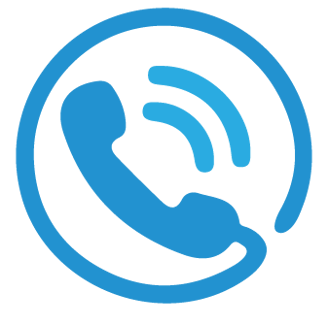Our Founders
We are not famous, specialists, or heavy hitters in the medical industry.
We are a group of like-minded individuals who are patients with these rare conditions
and are passionate about ensuring future patients do not suffer
the same fear, uncertainty and lack of information which we all endured.
Together, we decided to form an Australian charity
where we could deploy a national network of volunteers who also have experience in these conditions,
to support new and existing patients and caregivers,
raise awareness in the medical community and the general public,
and fundraise to support research into the cause and treatments for these rare diseases,
resulting in better access to information, resources, diagnosis, and treatment.
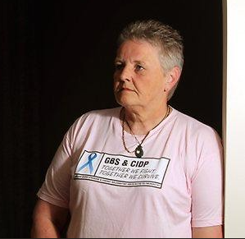

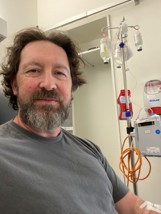

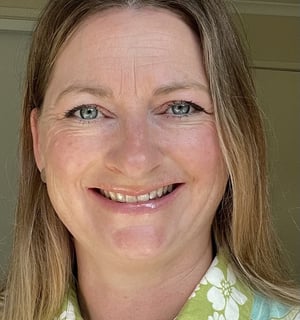

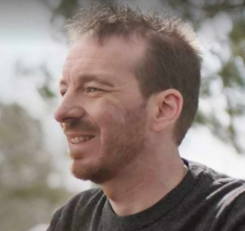

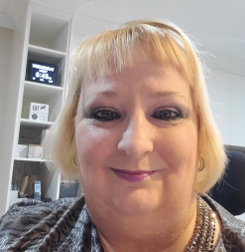

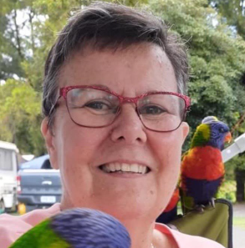

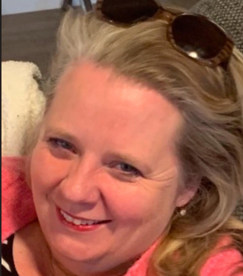

Kath Donaldson
CEO, Founding Director
I was struck down with Guillain-Barre syndrome in August 2011. After a couple of bouts of bronchitis in the months prior to my diagnosis, I woke up one morning feeling like I’d been "hit by a bus.“ I was really tired with pain all over my body.
The next day I felt better so I went to work, but the following day I felt worse. Within three days, my vision was blurry, and I could not feel my feet or walk down steps. By the end of the weekend, I was in hospital undergoing scans and tests.
Doctors initially thought I had suffered a mild stroke, but after many tests, it was revealed to be GBS. My symptoms included numbness, tingling, pins and needles from fingertips to elbows and toes to knees, severe fatigue, laboured breathing, and weakness.
I could no longer do all those little things we take for granted. I was so used to being very independent, but overnight I became dependent on everyone. In hospital I was given a 5-day loading dose of IVIG, not a cure, but it did stop the symptoms from exacerbating.
You do go through a time where you think why me, but now I think I got GBS for a reason, so I could do something to bring awareness of it.
Chris Nemeth
Chair, Founding Director
I am a husband, father and CIDP warrior.
My CIDP journey started in August 2021 as a result of a Covid vaccine reaction.
I spent time paralysed from the waist down, had a stint in a rehab hospital to learn to walk again and used a walking frame and then a walking stick before once again being able to walk unaided. Three weekly IVIg treatments now keep me stable and upright.
My approach towards being diagnosed with CIDP is that "it didn't happen to me, it happened for me". CIDP connected me to my incredible fellow founders and has given me the opportunity to be involved in the creation of an organisation that will aim to provide information, support and hope to all those diagnosed with GBS or CIDP or their variants.
Gina Lawrie
Secretary, Founding Director
At 30 weeks pregnant, with our second daughter, I was experiencing numbness, tingling and weakness in my feet and legs that was not resolving with rest and elevation. I was the pregnant lady who needed to hold the handrail to help pull herself up the slight incline to the Antenatal clinic. I was the teacher who didn’t have any strength in her legs to allow me to step up into the bus, to take her Prep class to swimming lessons. I was the young Mum, crying whilst trying to move my legs to get enough pace to try keep up with my two-year-old. I was the pregnant patient, who knew something just wasn’t right, but was asked to go back and wait in the waiting room because “it’s probably just the baby on a nerve”.
On December 22, I walked into the shower. On noticing that my legs didn’t feel steady, I called out to my husband. As I walked out of the shower my legs “melted” from underneath me. I was diagnosed with CIDP and admitted to hospital.
I was transferred to Brisbane immediately to start a course of Plasmapheresis.
We were transferred back to Toowoomba, to await the birth of our baby. To our surprise and delight our baby was born six weeks early. She was happy and very healthy.
My husband, our daughter and I moved to the Physical Rehabilitation Facility. Special measures were put in place so that my husband and our newborn could also be inpatients whilst I would receive twice daily physiotherapy sessions, a session with an occupational therapist and a weekly visit with a psychologist. My first session with my physiotherapist was set around setting some goals- I had two: I wanted to be able to move off the couch, to the carpet so that I could play with my daughters and my second goal- to be able to return to ParkRun as an active participant. After three months I was able to be discharged. I left being able to walk on a wheelie walker. I would continue with outpatient's physio until the end of the year and regular IVIg was ongoing.
Eventually, I was able to manoeuvre from the couch to the floor just as I had set out to do. In time I was able to stand on my own and hold my baby in my arms and also then be able to walk around the house whilst holding my baby. I had to learn how to safely take her in and out of the pram and her cot whilst trying to control my balance issues. After 12 months of falling ill, I was back to being independent in our own home. I was able to care for my babies by myself. My husband was able to return to work and my mother-in-law didn’t feel the need to visit daily.
I started to swap the wheelie walker for the pram, and I began venturing outside. I was managing to walk one kilometre in 29 minutes. 16 months after falling ill, I returned to ParkRun, unaided, and completed the five-kilometre course in 62 minutes.
Fast forward four years, I have completed the 10-kilometer course at the Sunshine Coast Marathon and continue to compete. I am an active member of my local gym. Due to my promotional endeavours, I have had the privilege of being guest speaker for Lifeblood to show my thanks to our local donors during National Blood Donor Week.
Jeff Ibbotson
CFO, Founding Director
I live in Perth Western Australia, with my wife, Lauren, and our two kids. We all live with my diagnosis of Chronic Inflammatory Demyelinating Polyneuropathy (CIDP).
I was diagnosed with CIDP mid-2014 after 9 months of escalating symptoms and countless GP visits where all I could really say is “I don’t know, something just isn’t right”. At this stage our youngest was only 8 months old. When I was diagnosed, I struggled to find people who understood. There was still a huge unknown as to what the future held, and what to expect. I felt alone, and I was in a dark, scary place.
The impacts CIDP has had on my life are significant, but after finding a group of people who knew where I’d been, and understood my fears and challenges, I quickly realised, I have CIDP, CIDP does not have me. Courage is not having the strength to go on but rather going on when you do not have the strength. CIDP will not win.
Prior to CIDP symptoms I was a very active person and involved with multiple community groups. This hasn’t changed, I’ve just had to modify the way I do things, and the activates I am a part of. I am heavily involved with wheelchair sports, playing both Wheelchair Rugby, and Power Wheelchair Hockey.
You will never know how strong you are until being strong is the only choice you have. While CIDP has forced change in my life, the way I live, and what I do, it has opened doors and offered opportunities I would not otherwise have had.
Leisa Bulow
Founding Director, Director of Strategic Planning, Information and Documentation Management
My journey with CIDP began with long periods of fatigue, which I just put down to the rigours of everyday life. I had a high-level job as a Training Manager in the Learning and Development field with a demanding work schedule, plus an active social (and shopping!) life.
I started feeling strange pains in my legs, especially at night. They were debilitating and I visited the hospital several times, only to be given a couple of opiates and told to go home. Eventually, a doctor took me into his office and told me that these were the last two pills I was getting, and not to come back – essentially accusing me of being a drug addict, just looking for a fix.
I found a doctor who took me seriously and was scanned for signs of MS and other illnesses, but to no avail. I came down with some serious illnesses and , after open respiratory surgery for complicated pneumonia, my legs began to fail. I told the nurses multiple times that the tops of my legs were numb, but they said that it was probably just a remnant from the surgery and it would go away. But it didn’t. As the pains and numbness in my legs progressed, I lost the ability to walk unaided. Still, the doctors could only tell me there was some sort of infection showing up in my blood tests, but they didn’t know what it was. Several months and several different hospitals later, I received the diagnosis of CIDP in July 2016, and finally returned home in a wheelchair.
Nobody could tell me much, but I was so devastated that I probably wouldn’t have taken it in anyway. (Doctor Google doesn’t help either!) In all, I spent 9 months in hospital initially, with most of that time in a hospital 400km away from family and friends. I felt like such a burden on the couple of friends who did come to see me because I couldn’t do anything but cry and wonder, why me? What did I do to deserve this?
Now I think I know why. My livelihood, my passion was in training, in explaining things to people in a way that they could understand and work with it. That breakthrough moment always gave me joy. So that is why I am doing this – I was meant to spread the word, raise understanding, and make sure that others don’t have to go through the same traumatic experiences.
Toni Louttit
Founder
I live in a small rural town in the southwest slopes in NSW.
I developed GBS in 2010 and spent 4 months (in hospital) over 100 kms from home.
My husband and I enjoy motorcycle riding, we have a Spyder so I can sit safely on the back.
Pam Green
Founder
In September 2023, my 14-year-old daughter, Lily, began to lose feeling in her feet. This progressed to her hands, and she became very unwell with headaches, facial pain, and vomiting. During this time, I took her to the emergency room three times and spoke to her paediatrician, but all her symptoms were dismissed as anxiety. As her symptoms worsened, her face began to droop on the left side, and she was diagnosed with Bell’s palsy and anxiety. I was unhappy with this diagnosis, as I knew it was something more.
I took her to the Royal Children’s Hospital because she was very unsteady on her feet. After three days of constant pain medication, they diagnosed her with Bell’s palsy and believed she didn’t need any pain meds since her MRI was clear. She was discharged with steroids for her facial droop. Once she finished the steroids, she could no longer lift her feet to walk up a step or walk any distance. She could stand, but that was pretty much it.
We returned to the hospital, and after a nerve test and lumbar puncture, she was diagnosed with what was considered atypical GBS (Guillain-Barré Syndrome) or possibly CIDP (Chronic Inflammatory Demyelinating Polyneuropathy). It took four weeks from the beginning of symptoms to diagnosis. Lily was treated with three rounds of IVIg and then spent a week as an inpatient at the Royal Children’s Hospital.
Fast forward to 16 months later, and she has almost made a full recovery. She was only discharged from the Royal Children’s outpatient clinic in February 2025. It’s been a rough journey, as she has suffered from headaches, vision problems, blacking out of vision, balance issues, numbness, and extreme fatigue. Throughout her recovery, her symptoms have often been dismissed as anxiety by medical professionals, which has been devastating for her, leaving her feeling unheard.
We’ve had to take her out of school and start remote learning, which has helped greatly with her fatigue.

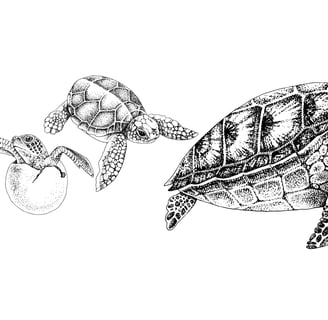
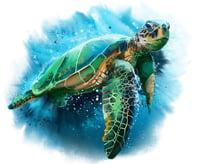

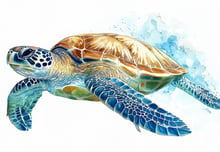

Supporting Australians with GBS, CIDP, MMN and related conditions.
© GBS CIDP Support 2025. All rights reserved.
ABN 99 400 279 454
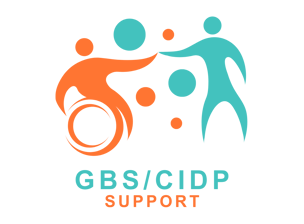

242 Elsworth Street West,
Mount Pleasant VIC 3350
0484 293 889
0412 180 971

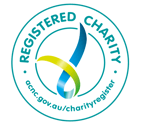

GBS CIDP Support is a Registered Charity with the Australian Charities and Not-for-profits Commission (ACNC) and is endorsed as a Deductible Gift Recipient. All donations of $2 or more towards our cause are Tax Deductible.
